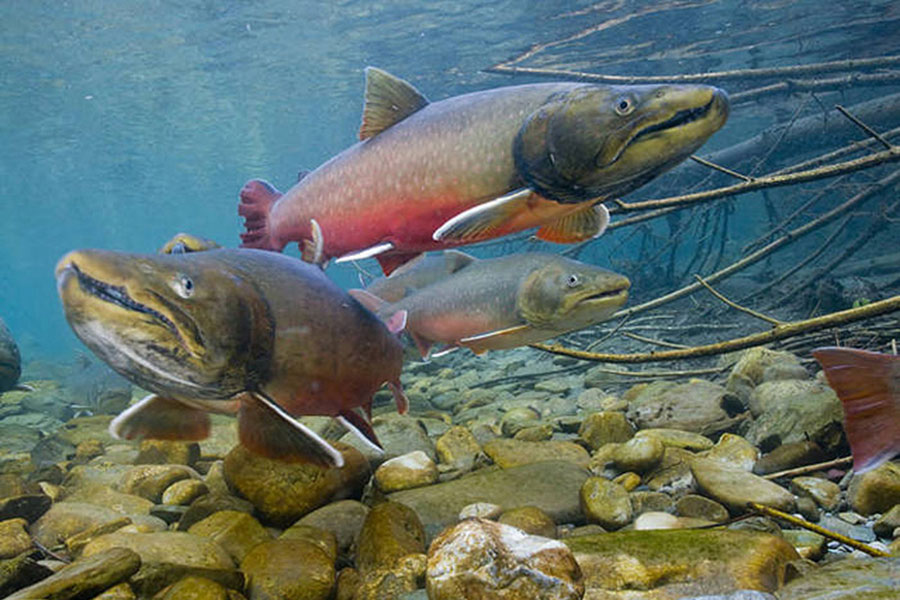The mountains are the world’s water towers – 70 percent of the earth’s fresh water is stored in glaciers and ice caps like those found in Glacier National Park. Once home to 150 glaciers, the park’s 25 remnants are expected to be gone in a few decades. Little is known about how the ongoing change in our climate may threaten alpine stream species, especially invertebrates, persisting below disappearing snow and ice masses in Glacier. Two alpine stream invertebrates – the meltwater stonefly and the glacier stonefly – have been petitioned for protection under the Endangered Species Act due to climate change-induced glacier loss. These cryptic species are found nowhere else in the world but are restricted to short sections of cold streams fed by disappearing glaciers and permanent snowfields in Glacier National Park. Understanding how these species and critical alpine habitats are likely to respond to climate change is critical for conservation management and adaptation planning for freshwater systems undergoing rapid change. This project will serve as a worldwide model for understanding the realized impacts of climate warming on mountaintop species and ecosystems, inform policy and management decisions, design long-term monitoring programs, provide additional opportunities for public education and outreach, and develop conservation delivery options in response to climate change and other important cumulative stressors.
While federal support provides for day to day operations, this kind of project is only possible through partnership and community support.
To learn more about how you can help, visit glacierconservancy.org.
